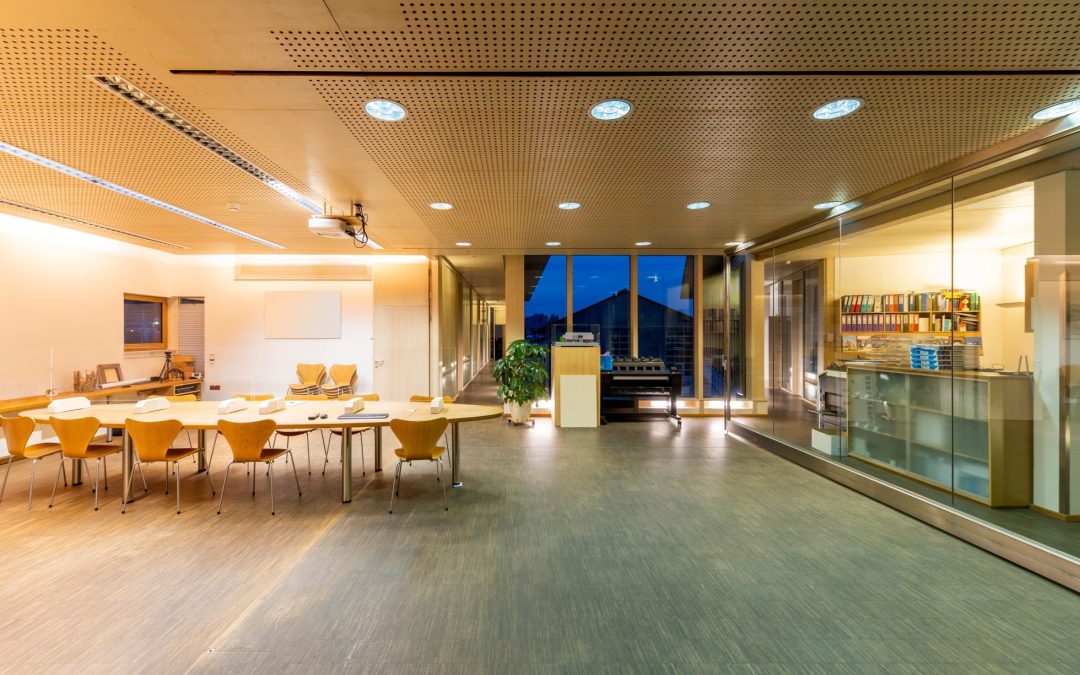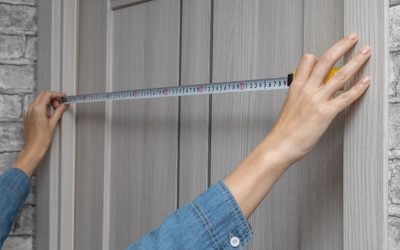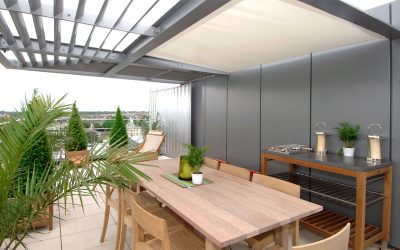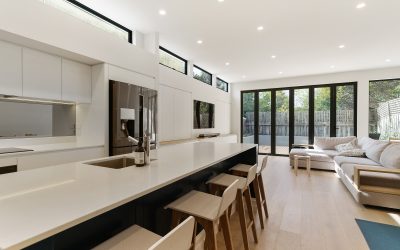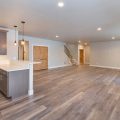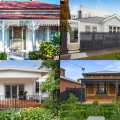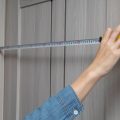In the residential construction industry here in Australia, we’re asked all sorts of questions – and not all of them are easy to answer. A really easy one, however, is: What is the standard ceiling height in Australia?
What is a standard ceiling height?
The answer, as we just said, is simple – 2.4 metres. And why’s that? Again, it couldn’t be simpler: it’s simply what the Australian Build Code mandates for any habitable room – or one that will be used for ‘domestic activities’. So for your lounge, bedroom and kitchen – but not necessarily your pantry or your garage – it simply has to be 2.4 metres.
But what many people tell us with their home extensions in Melbourne is that they want to achieve the ‘Wow’ factor of a higher-than-normal ceiling height that is usually reserved for more luxurious modern homes or the character-filled homes of yesteryear.
Why go higher than a standard ceiling?
And we are certain we wouldn’t necessarily talk you out of something other than a common ceiling height because high ceilings really can achieve the look and ‘feel’ you’re going for:
- More spacious: For a more luxurious, spacious feel, a little bit of extra height is rarely a bad idea. It will make small rooms look bigger, and you’ll get a little more space for some really cool lighting options – even a chandelier!
- Natural light: With more space comes more natural light, especially if you pair those higher ceilings with grander windows.
- More value: Sometimes, the difference between an extra $20 or $30k – or more – on your resale value is nothing more complicated than higher ceilings. Just ask any real estate agent and they’ll tell you they’re a major selling point for a top-dollar price.
The most popular ‘higher than normal’ ceiling heights in Australia are approximately 2,550mm (2.55m) and 2,700mm – although there’s nothing wrong with asking your builder or designer for something different. Asking for more than 3 metres, though, might start to cause a few issues and be rather expensive – and your builder is likely to remind you more than once that once you go for a really special ceiling height, it obviously can’t be changed!
Also, be aware that higher ceilings are:
- Harder to clean
- Harder to paint & maintain
- Harder to heat/cool
- Create more ‘echo’
- Add to your building costs.
It may also be possible to achieve that grand, spacious and luxurious feel without getting too radical with much above the standard ceiling height.
For instance:
- Coffered ceiling: It’s basically a pattern of ornate square-shaped sunken panels.
- Raked/vaulted ceiling: Higher at one end and lower at the other is a really popular and striking feature that adds a serious sense of space without affecting the floorplan at all.
- Double-height ceiling: More technically a double-storey void, it’s basically a case of chopping up the lower-floor ceiling to create a double-height effect for a feature space.
Got more questions about standard ceiling height?
Are you thinking of going higher than the standard ceiling height? RFT Solutions can help you design and then achieve the home extension, renovation or build of your absolute dreams – typically saving families just like yours a massive 10-20% on their overall costs. If you’ve got any more questions about the standard house ceiling height or you’re ready for our team to start whipping up a design beyond your wildest dreams, get in touch with Melbourne’s home extension design specialists right here at RFT Solutions.

